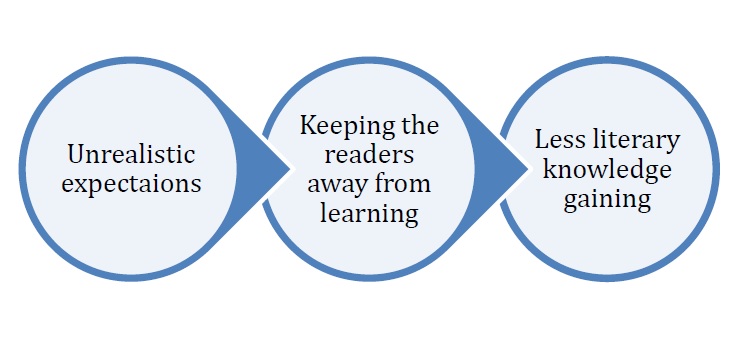Role of Visual Media in Promotion of Literary Works in the Post Modern World
DOI:
https://doi.org/10.54741/ssjar.3.2.7Keywords:
visual media, postmodern world, digital platforms, book trailers, social transformation, target audienceAbstract
This paper examines the role of visual media in promoting selected literary works in the postmodern world. With the rise of social media and other digital platforms, visual media has become an essential tool for authors, publishers, and book marketers to reach out to their target audience and generate interest in their literary works. The paper analyzes the practical examples of the use of visual media in promoting literary works, such as book trailers and social media platforms. Additionally, the paper discusses potential drawbacks to the use of visual media in promoting literary works, including oversimplification of the content of a book and creating unrealistic expectations among readers. Over time and with advancements in technology, the concept of literacy has evolved from a focus on individual reading and writing abilities to a broader emphasis on social transformation. Through a critical analysis of the use of visual media in promoting literary works, this paper offers insights into the complex and multifaceted role of visual media in promoting the literary works in the postmodern world.
Downloads
References
Chong, S.W., & Plonsky, L. (2023). A typology of secondary research in Applied Linguistics. Applied Linguistics Review.
Hawley, M. (2021). The first Sikh: The life and legacy of Guru Nanak: By Nikky-Guninder Kaur Singh, Penguin Random House, India, 2019, x+ 264, ISBN 978 067 008862 1.
Kanik, M., Orguc, S., Varnavides, G., Kim, J., Benavides, T., Gonzalez, D., Akintilo, T., Tasan, C.C., Chandrakasan, A.P., Fink, Y., & Anikeeva, P. (2019). Strain-programmable fiber-based artificial muscle. Science, 365(6449), 145-150.
Khan, M.N., Ashraf, M.A., Seinen, D., Khan, K.U., & Laar, R.A. (2021). Social media for knowledge acquisition and dissemination: The impact of the COVID-19 pandemic on collaborative learning driven social media adoption. Frontiers in Psychology, 12, 648253.
Pardede, P. (2020). Integrating the 4Cs into EFL integrated skills learning. Journal of English Teaching, 6(1), 71-85.
Pattiwael, A.S. (2019). Literature for developing student's humanity awareness. in: International Seminar on Languages, Literature, Arts, and Education (ISLLAE), 1(1), pp. 79-88.
Pearce, W., Niederer, S., Özkula, S.M., & Sánchez Querubín, N. (2019). The social media life of climate change: Platforms, publics, and future imaginaries. Wiley Interdisciplinary Reviews: Climate Change, 10(2), e569.
Statista.com. (2023). Distribution of worldwide social media users in 2022, by region. Accessed From: https://www.statista.com/statistics/295619/regional-distribution-of-social-media-users-worldwide/. [Accessed on 23.03.2023].

Downloads
Published
How to Cite
Issue
Section
ARK
License
Copyright (c) 2023 M.Banu, Dr. G.V.S.Ananta Lakshmi

This work is licensed under a Creative Commons Attribution 4.0 International License.
Research Articles in 'Social Science Journal for Advanced Research' are Open Access articles published under the Creative Commons CC BY License Creative Commons Attribution 4.0 International License http://creativecommons.org/licenses/by/4.0/. This license allows you to share – copy and redistribute the material in any medium or format. Adapt – remix, transform, and build upon the material for any purpose, even commercially.










